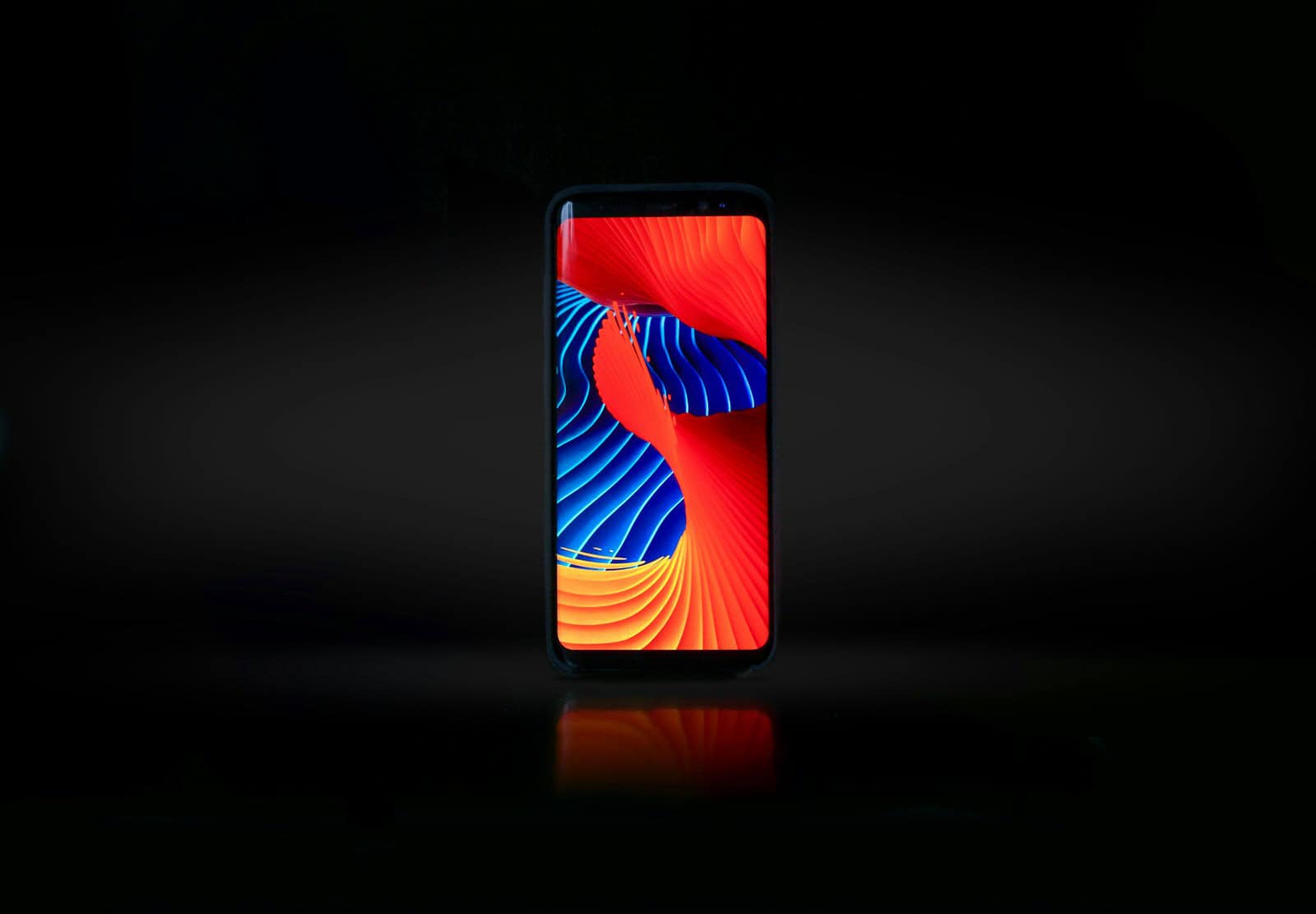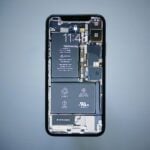Keeping your personal information secure on a smartphone goes far beyond locking your screen. With people constantly checking their phones in crowded places like cafes, airports, or public transportation, protecting your on-screen data from “shoulder surfing” has never been more important. One underused but powerful tool in Android’s privacy arsenal is the Privacy Screen feature.
Let’s break down what it is, how it works, and how you can turn it on or off—whether you’re using a Samsung, Google Pixel, or another Android device.
🔍 What Is the Privacy Screen Feature on Android?
The Privacy Screen is a software-based feature designed to prevent sensitive information from being visible to others around you. It’s often used by banking apps, health trackers, and password managers, but it can also be activated system-wide on some devices.
Depending on your device and settings, the Privacy Screen may:
- Block screenshots and screen recordings in secure apps.
- Hide app content in the recent apps screen, replacing it with a blank or blurred preview.
- Activate subtle display dimming or blurring that discourages over-the-shoulder snooping.
While some features rely on Android’s built-in security (like the FLAG_SECURE setting for apps), others are unique to manufacturers like Samsung, which offer a more aggressive, system-level privacy screen setting.
📱 Where You’ll See It in Action
- Banking and financial apps: Prevent screen recording and hide info in app switcher.
- Password managers: Auto-disable screenshots.
- Health and therapy apps: Limit visibility of sensitive content.
- Samsung phones: Offer extra system-wide tools under One UI.
Apps that use Android’s FLAG_SECURE flag will prevent screenshots and screen recordings by default. You’ll typically see a black screen if you try to capture the app’s content or open it in the recents view.
🛠️ How To Enable or Disable Privacy Screen
Privacy Screen settings can vary depending on your device manufacturer. Here’s how to find and toggle them on popular Android devices:
🔹 Samsung Devices (One UI):
Samsung offers its own Privacy Screen feature designed to reduce visibility for people around you.
To Enable/Disable on Samsung:
- Open Settings.
- Tap Advanced Features.
- Tap Labs (in some versions) or Display > Privacy Screen.
- Toggle Privacy Screen ON or OFF.
This feature can automatically dim or darken parts of the screen when it detects multiple sets of eyes—or just make it harder for someone next to you to read your screen.
🔹 Google Pixel & Stock Android Devices:
Stock Android doesn’t offer a dedicated “Privacy Screen” toggle, but apps can still protect data using FLAG_SECURE.
To check or use privacy-protected apps:
- Try taking a screenshot in a banking or password manager app; if it’s blocked,
FLAG_SECUREis in use. - These protections are controlled by each app, not Android settings.
🔹 For Other Android Phones:
Some brands (like Xiaomi, Oppo, or OnePlus) include similar features under Security or Privacy settings. If you don’t see a native Privacy Screen option:
- Look for “App Lock”, “Privacy Protection”, or “Secure App Settings”.
- Or search Settings for “Privacy” or “Screen security”.
🧰 Bonus Tools for Physical Privacy
Even with digital protections, someone might still glance over your shoulder. That’s where privacy screen protectors come in. These thin layers attach to your screen and use micro-louver technology (like Venetian blinds) to block visibility from side angles.
- They don’t affect touchscreen responsiveness.
- Ideal for traveling, commuting, or working in public places.
🧠 Pro Tip: Developers Can Enforce Privacy Too
If you’re an app developer, Android makes it easy to protect your users with one line of code:
getWindow().setFlags(WindowManager.LayoutParams.FLAG_SECURE,
WindowManager.LayoutParams.FLAG_SECURE);
This ensures that screenshots and recordings are blocked inside the app, offering users automatic protection with no extra settings needed.
The Privacy Screen feature—whether software-based, hardware-aided, or both—is a great way to add an extra layer of control over who sees what on your device. Whether you’re guarding sensitive messages, finances, or just your latest TikTok drafts, it’s worth a quick trip to your settings to turn this on.
Key Takeaways
- User privacy on Android devices can be managed through built-in settings.
- Privacy screen settings help prevent others from viewing your screen.
- Additional privacy features can be added via third-party apps for Android.
Activating Privacy Settings on Android
As smartphone use increases, managing privacy becomes vital. Android systems offer various options to maintain control over personal data.
Accessing Privacy Settings
Users can find privacy settings on their Android device by opening the Settings app. It usually requires scrolling to the Privacy section.
Enabling Privacy Controls
Within privacy settings, Android provides a Privacy Dashboard showing what data is accessed and by which apps. Users can enable or disable access as needed.
Managing App Permissions
App permissions govern what information each app can use. Android users can alter these permissions by going to Settings > Apps & selecting an app to adjust its permissions.
Configuring Device Security
Securing the device is crucial. Users should set a PIN, password, or pattern lock on their Android device via Settings > Security.
Advanced Privacy Features
Advanced features like approximate location and microphone access can be turned on or off. This gives users more precise control over their privacy.
Handling Sensitive Information
Sensitive information should be protected. Users can control access to their contacts, Gmail, and other personal data in the Permissions manager.
Protecting Against Malware and Unauthorized Access
Users can protect their Android from malware by not downloading apps from unknown sources. They should also ensure their device has the latest security updates.
Utilizing MDM and Enterprise Solutions
For business users, Mobile Device Management (MDM) allows administrators to control privacy settings across devices within the organization.
Ensuring Privacy on Different Android Brands
Privacy steps are similar across devices but settings can vary slightly. Users with Samsung devices, for instance, will find certain branded features like Samsung Pay or Samsung Internet that have their own privacy controls.
Disabling Features to Maximize Privacy
Sometimes the best protection is to disable features. Turning off location services and not connecting to public Wi-Fi networks can enhance privacy.







